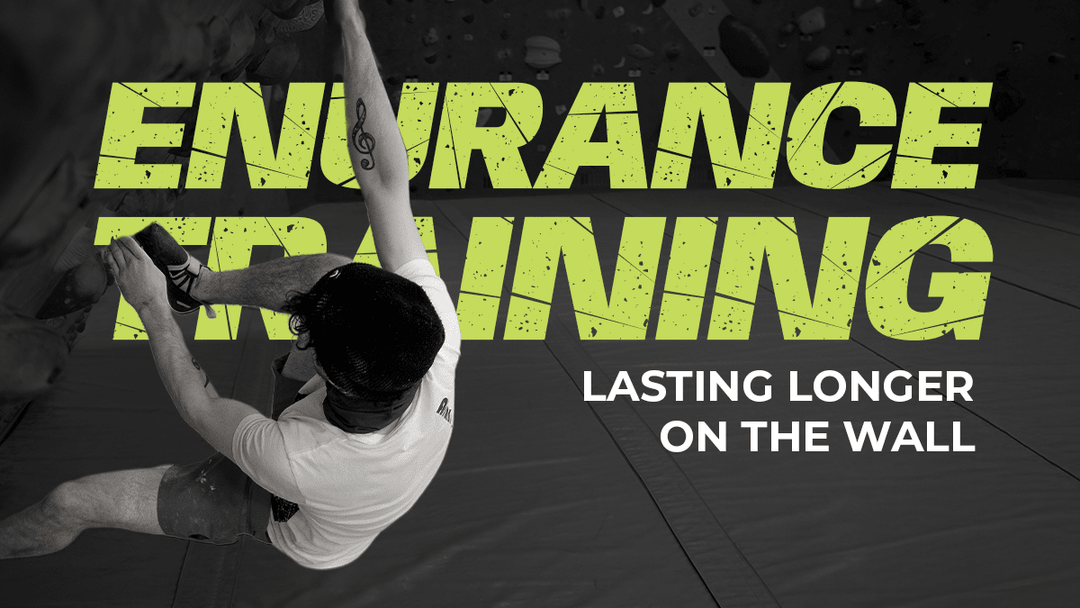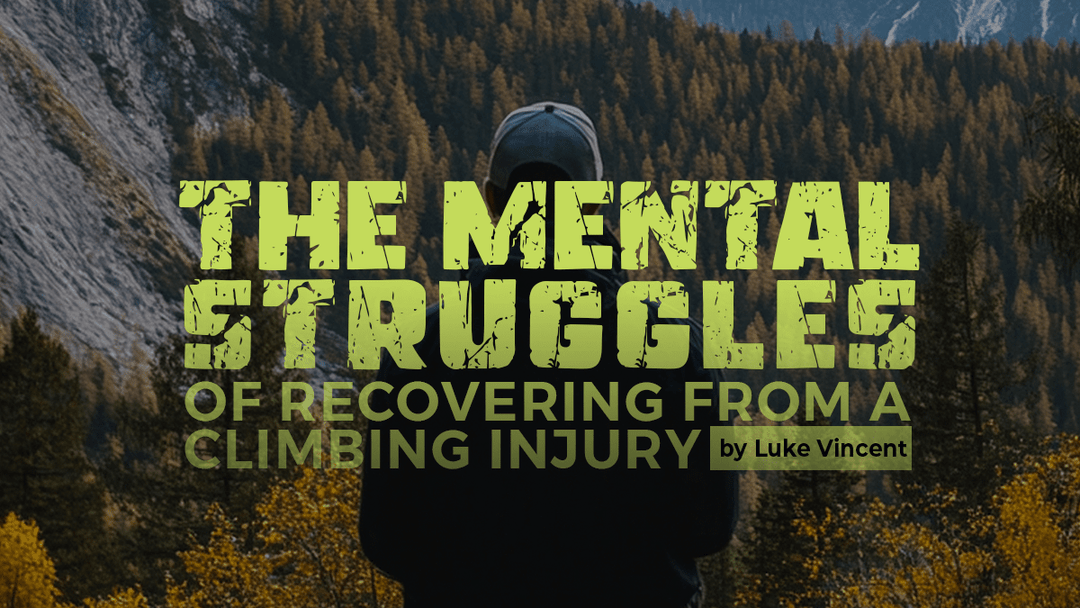Sport Climbing Tactics 101

As a sport climber with over 20 years of experience, I have developed numerous effective tactics that significantly enhance my ability to complete projects efficiently. I categorize projects into four tiers:
Tier 1: These top-level projects may require a whole season or multiple seasons to complete.
Tier 2: These projects can be accomplished in a few sessions to a few weeks.
Tier 3: These are routes that can be completed in 2-4 attempts.
Tier 4: These are not really projects; they are routes that can potentially be flashed or completed on the second attempt with good tactics.
These tiers can overlap and are not strictly defined by grade. The tier I assign to a route depends on several factors, including style, grade, and available beta. For example, I might place a short 12b with a well-defined crux in Tier 3, while a steep, 100-foot-long endurance 12b might be in Tier 2.
For Tier 1 and Tier 2 projects, my initial attempt is exploratory, aiming to learn as much as possible about the route while conserving energy. Depending on the route's style, I employ different tactics. At a minimum, I go bolt to bolt, focusing on identifying rest positions, clipping positions, and hold locations. If the cruxes are particularly challenging, I might skip sections by grabbing the quickdraws or stick clipping past them. I prefer to survey the entire route before committing to multiple attempts on any one section. On my second attempt, I identify which sections to work on first. For Tier 1 and 2 projects, it's crucial to determine which sections can be completed quickly and where the cruxes are, including both the maximum difficulty crux and the redpoint crux. Next, I begin linking sections together, keeping notes or audio recordings of the beta I've figured out.
Once this is done, I start making redpoint attempts and decide if I need to work on links or practice crux sections. An actual Tier 1 route should require many sessions to build fitness and start making bigger links, all while paying close attention to rest durations during rope hangs and between attempts. To stay motivated on challenging projects, I always identify progress, even if it's subtle. Progress could be resting less before the crux, linking a move or two into the crux, or even completing a move I hadn't done before. A key tactic for both you and your belayer is using a "dog draw," a quickdraw you can clip directly into for long rests, giving both your belayer and the rope a break. Sometimes, I'll take 5-10-minute rests to try a crux section I haven't completed yet. I liken top-level projects to punching the clock: you must consistently show up, put in the work, learn every detail, and pay attention to the minutiae, even in manageable sections. Depending on how much of the route I climb each attempt and its length, I'll rest 30-60 minutes between attempts.
For Tier 3 and 4 projects, I ideally watch a climber (whom I know) on the route, or at least someone familiar with it and similar in size to me. If that's not possible, I look for videos or ask others who have completed the route for as much information as possible. Questions include where the crux is, if there's a standard beta for the crux, whether there are common rest positions, and which clips are challenging and where people clip from. After exhausting all beta-gathering tactics, I give it a solid flash attempt. If the flash doesn't succeed, depending on the route style, I might try for a "one hang" or switch to information gathering as mentioned earlier. It's crucial to spend extra time rehearsing the crux and the second half of the route. I never underestimate how hard the second half might feel when pumped and devote additional time dialing in the beta for the final stretch to the chains. After resting a minimum of 30 minutes, and sometimes up to 75 minutes, I'll make my second attempt, aiming to complete it in a session.
A final tactic I find extremely helpful when returning to a route I'm trying to send that day is to give it a warm-up go. I don't attempt to send but go bolt to bolt or take rests at specific points. Besides the obvious benefit of having the draws hung, this provides a final warm-up particular to the route, improving my first genuine attempt. Sometimes, I'll do a warm-up route before this, and other times, I'll use this as my first warm-up. If the route has a skin-dependent crux, I might skip it altogether on the warm-up burn. This refreshes my beta in my mind and body, preparing me to execute on the first genuine attempt of the day.
I'd love to hear from you if you've read this article. I'm also currently accepting clients for coaching and programming. Feel free to reach out:
Email: adconstantilos@gmail.com
Instagram: @adamtilos
Cell: 413-250-8710
- Coach Constantilos




